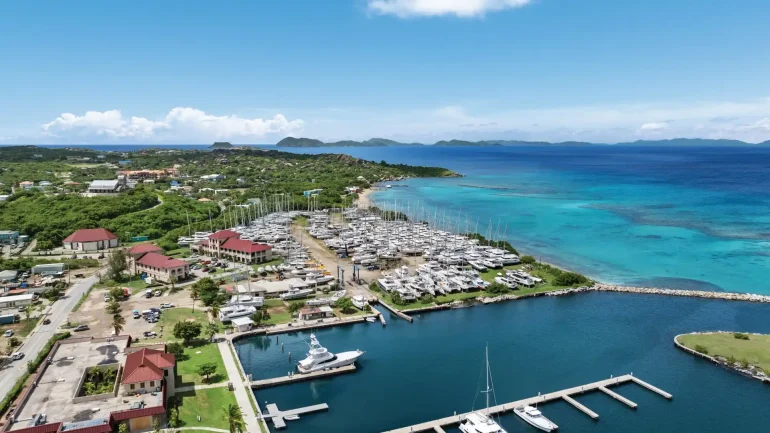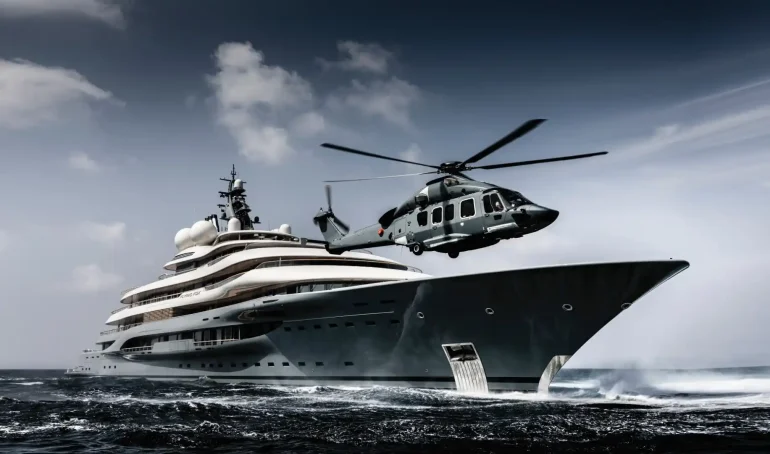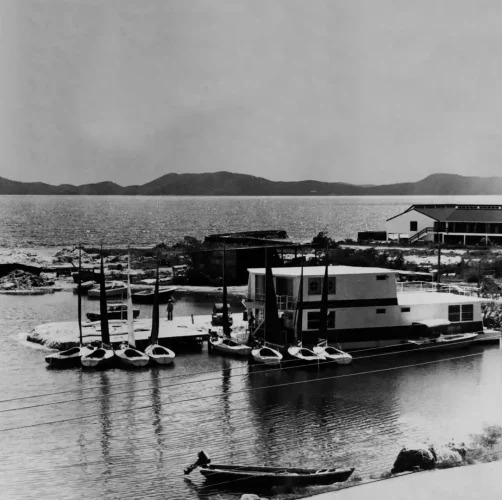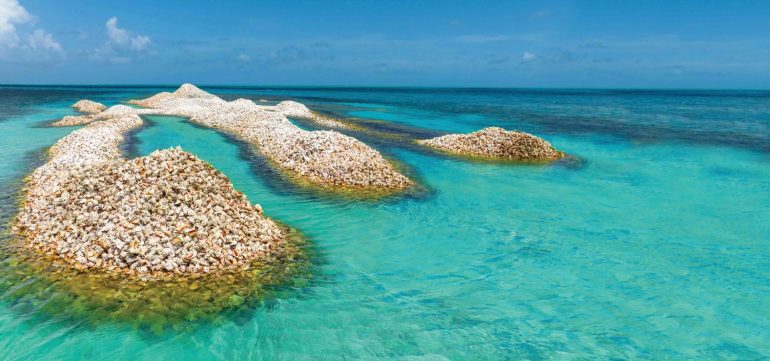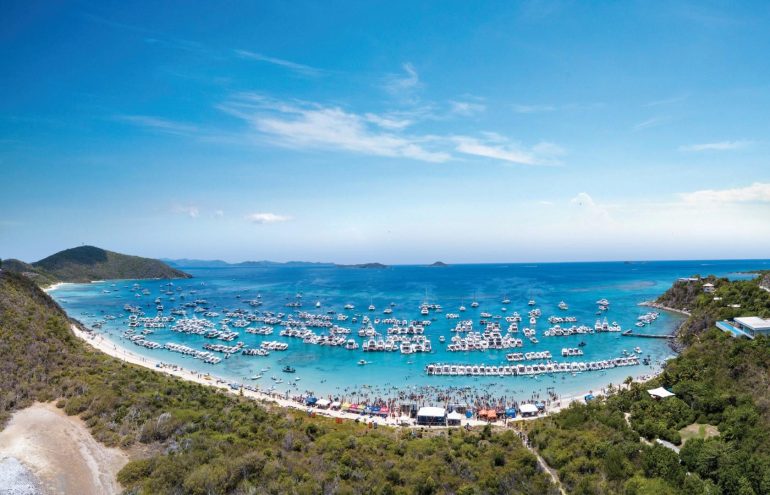Cold Corals
The International Year of the Reef 2008 is a worldwide campaign to raise awareness about the value and importance of coral reefs and threats to their sustainability, and to motivate people to take action to protect them. Over the next year, articles about coral reefs will appear as a regular feature in this magazine with the aim of raising public awareness of their importance.
Coral reefs are found in shallow, clear, warm tropical oceans where the coral polyps are packed with symbiotic algae that provide them with energy, help them to grow and produce calcareous skeletons that eventually form limestone when they die. However, with the inventions of advanced technology, such as manned and robotic submersibles, the conventional wisdom that coral reefs are confined to shallow, warm tropical and sub-tropical waters is challenged.
Scientists have been able to explore deep, dark, cold waters that surprisingly contain coral reefs as complex as their tropical cousins. These cold-water corals, also known as deep-water corals, which live from 40 metres down to extreme depths beyond 1000 metres, have no light-dependent symbiotic algae and therefore depend on the supply of current-transported particulate organic matter and zooplankton for their food.
Cold-water coral reefs are found on continental shelves, continental slopes, oceanic banks, seamounts and mid-ocean ridges with specific environmental factors such as locations where seasonal storm wave bases do not affect the seabed and where strong topographically guided bottom currents are blocked by obstacles where corals can grow such as in boulder fields, moraine ridges, and the occasionally artificial substrates such as wrecks and oil rigs.
There are roughly 800 warm-water, reef-building coral species found in the world, but there are only six primary species of cold-water corals. Thus, the composition of cold-water reefs is limited to only a few species of corals but, like their warm-water counterparts, these reefs are home to thousands of other species of sponges, polychaetes, crustaceans, mollusks, echinoderms, bryozoans and fish.
As with warm-water reef systems, cold-water reefs are threatened by destructive fishing practices. Many of these cold-water reef systems are habitats for highly commercial species such as pacific cod, orange roughy, monkfish and pollock, but bottom fisheries, especially those using trawls and heavy gear that steamroll the ocean floor, threaten the sustainability of these fisheries. Other threats to these habitats include oil and gas exploration, placement of pipelines and cables, pollution, and even research activities. Out of the 41 countries known to have cold-water reefs, at least one has taken drastic action to protect their reefs. Norway, which has the largest known cold-water reef in the world (over 2000 km2 ), is the first to have implemented protective measures for cold-water corals in European waters.
Scientists are only beginning to understand some of the principal ecological aspects of cold-water corals, but what is known is that these reefs are an important biological resource with intrinsic and socio-economic value. Luckily, these cold-water reefs and other high-seas habitats are starting to appear on political agendas with the aim of establishing regulations and measures for their protection and management.




